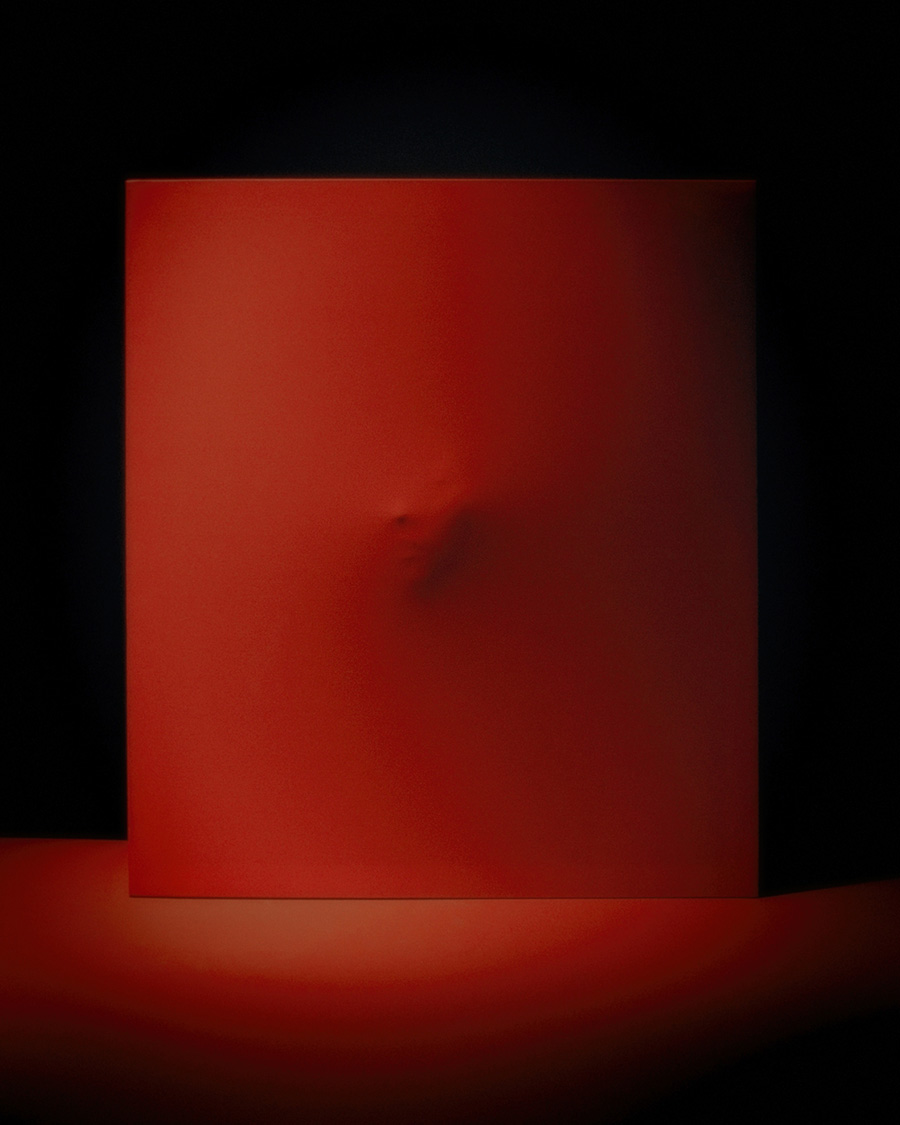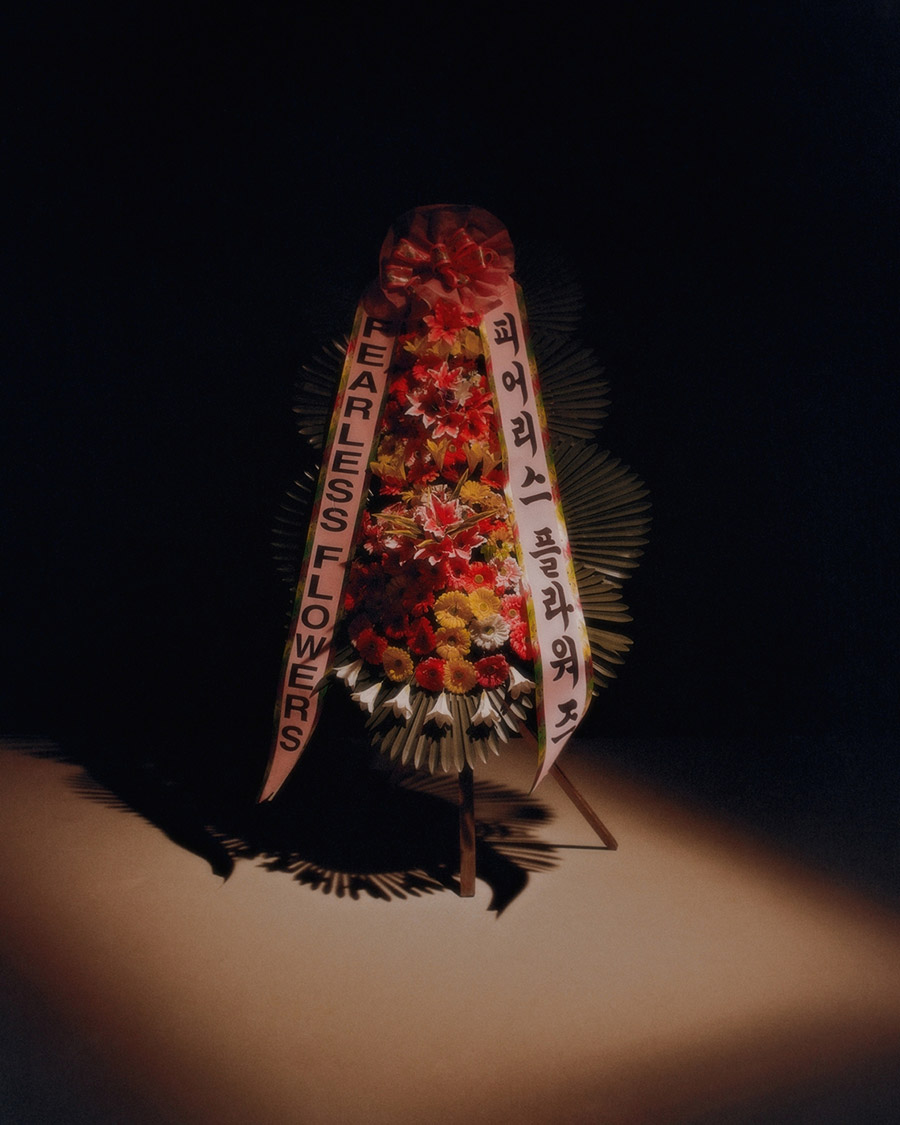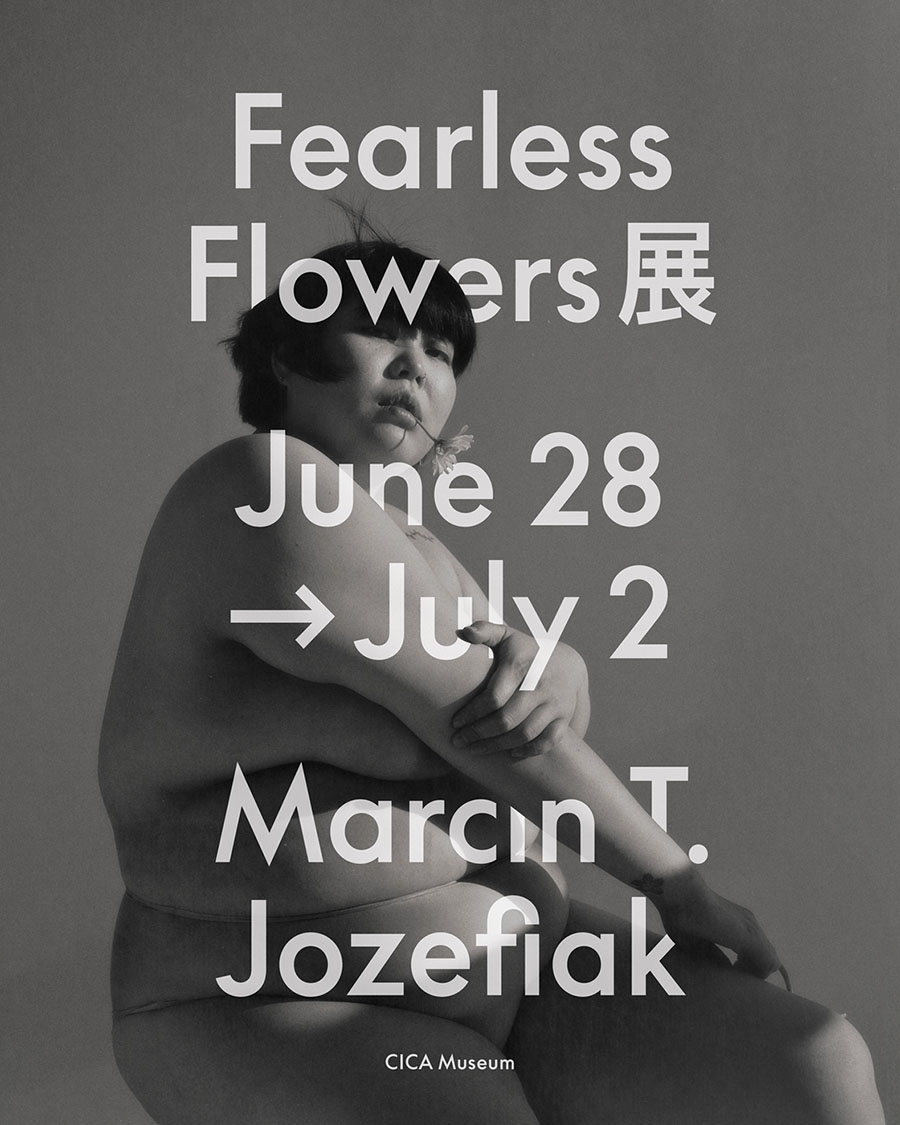
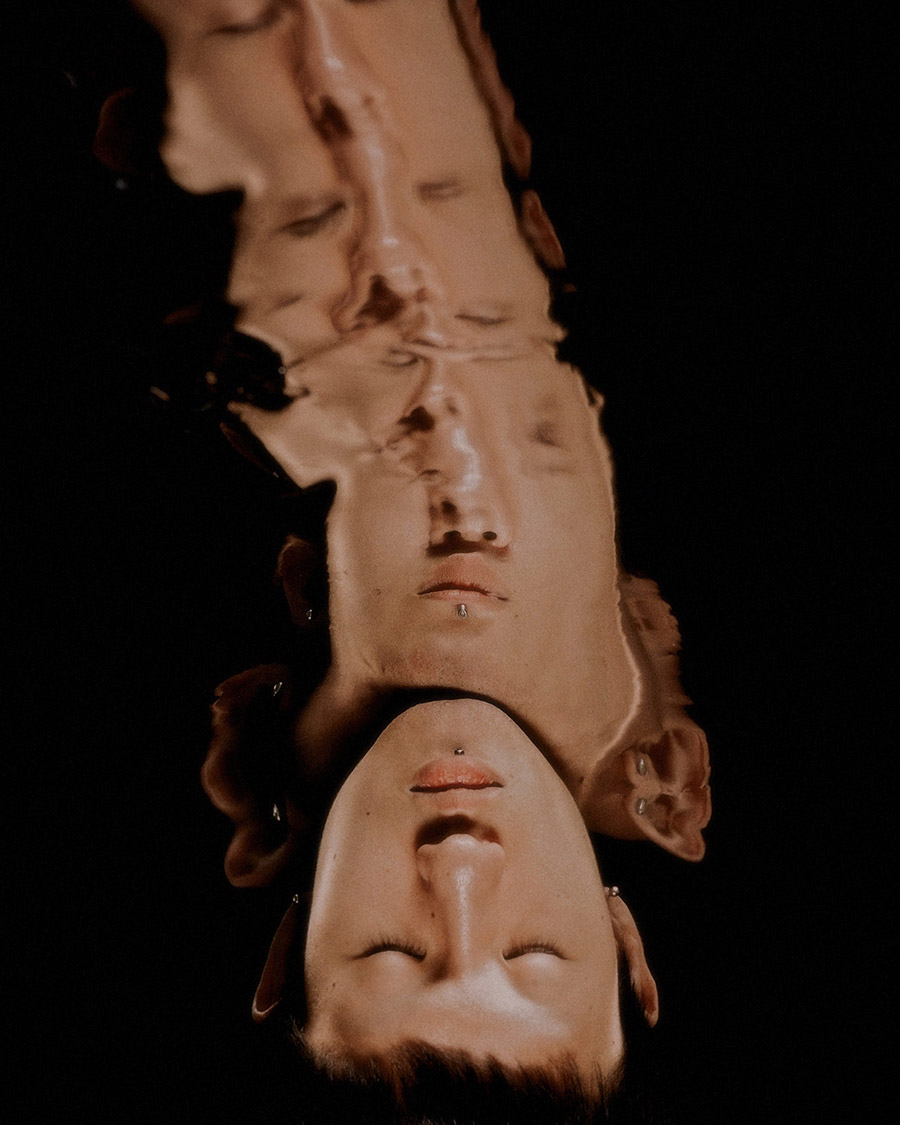
In the past years, South Korea has gained significant global exposure and attention. It also attracts many international talents’ attention, amongst them is Polish-British photographer Marcin T. Jozefiak.
Inspired by the social atmosphere in South Korea, Marcin T. Jozefiak’s project “Fearless Flowers” series explores gender, sexuality, gaze, and identity in South Korea. Photographed over two years with 23 different participants, the project studies one’s relationship with their own body and inner struggle with the image pressured by a conservative society, where certain beliefs and outdated standards are forces on the rapidly changing nation.
Adorned with flowers, the human body represents universal innocence, timelessness, and purity. The subject, who may convey toughness in other settings, is shown with vulnerability and humanity when photographed in a safe studio environment. Ornamented with flowers, the black garment, which represents the society uniform, is a metaphor for the fight and struggle of each subject and beyond.
The series is an attempt to capture open-mindedness: acceptance of your body and sexuality, as well as welcoming the self-created modern image of who Korean people aspire to truly be. It is creativity’s role to rebel its spirit against society’s preconceived ideas and question their relevance.
As an outsider, Marcin T. Jozefiak had the privilege to be introduced inside this personal expression of liberation, looking for meaning, looking at the beauty and identity, all while capturing the landscape of self-invented people: a true walking work of art.
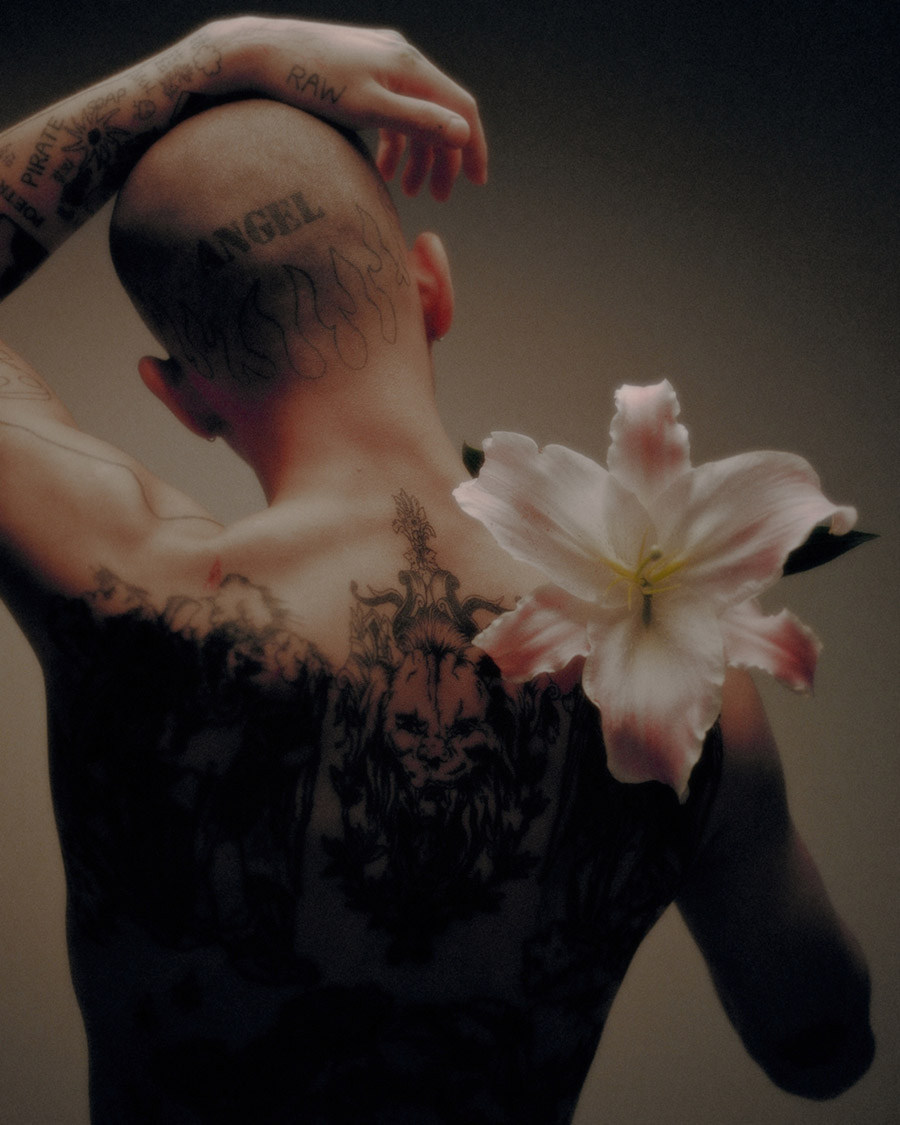
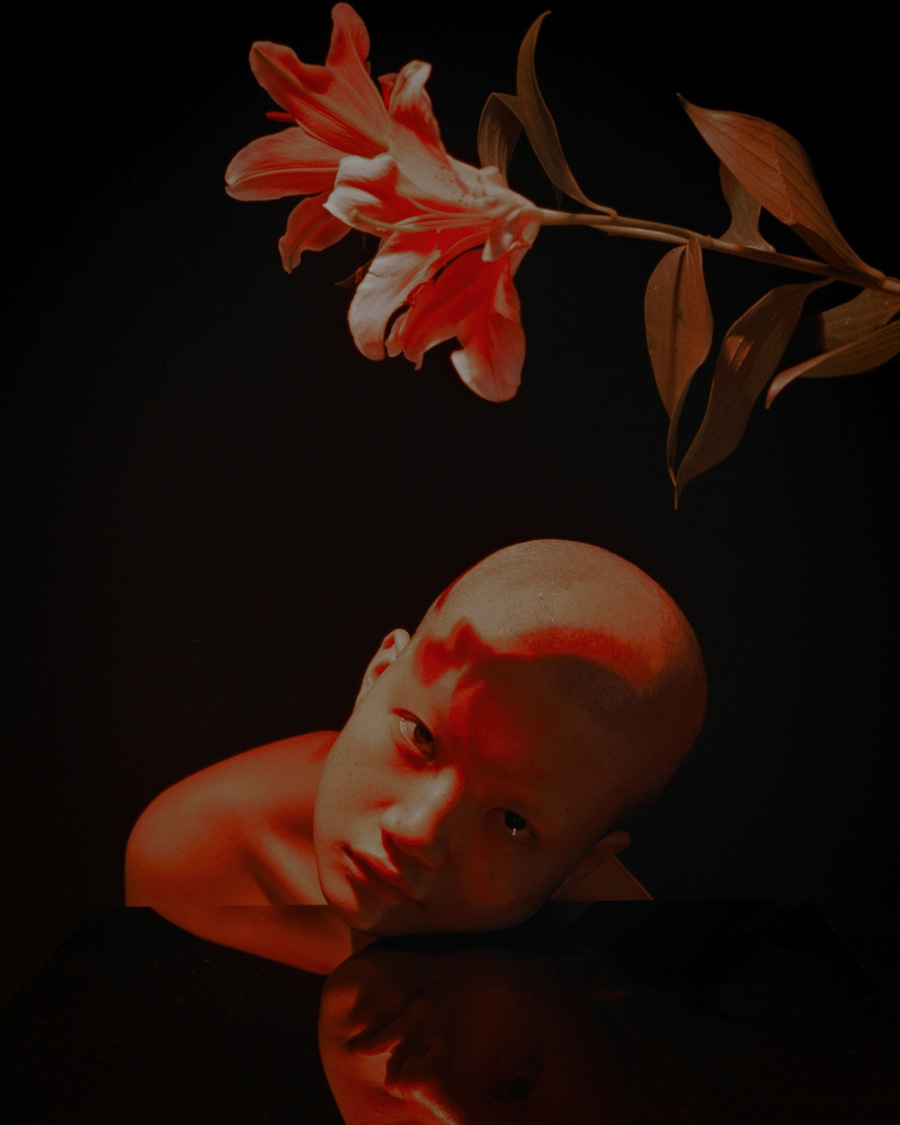
Marcin T. Jozefiak is a Polish-British photographer currently based in Seoul, passionate about people and the stories they hold. He loves discovering their unnoticed beauty. As an artist and emigrant, his work found focus in the topic of lost identity. The most recent project looks deeper into the subcultures of South Korea and their sense of belonging. The resulting images all come from a curiosity to explore the subject of identity and improving the self.
On the occasion of the opening of his upcoming solo exhibition in Seoul, CAP 74024 shared a lovely talk with Marcin T. Jozefiak on the making of this photo series, his artistic and creativity journey as well as his viewpoints in art and in life.
Hi Marcin, how are you today?
I’m good, how about you?
I’m good as well, thanks. Marcin, how long have you been based in Seoul?
I have been living in Seoul for 5 years since leaving London.
What are the subjects and topics that interests you when it comes to artistic creation?
As an artist and emigrant, my recent work found focus on the topic of lost identity. The most recent project looks deeper into the subcultures of South Korea and their sense of belonging. I have always been interested in subcultures, primarily how each one has a philosophy or just a ‘way’, and I found it a great space to be myself—or part of myself—in and capture its language. The resulting images all come from a curiosity to explore identity and improve the self.
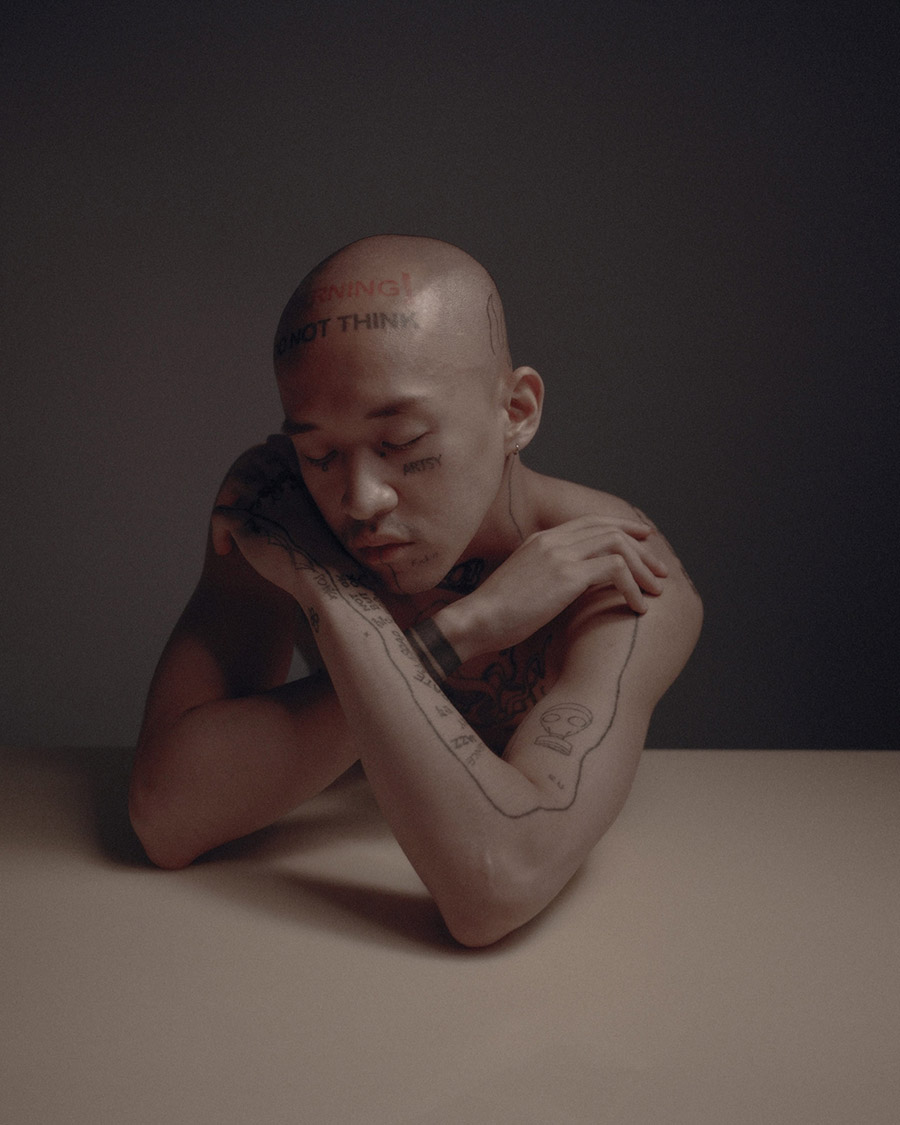
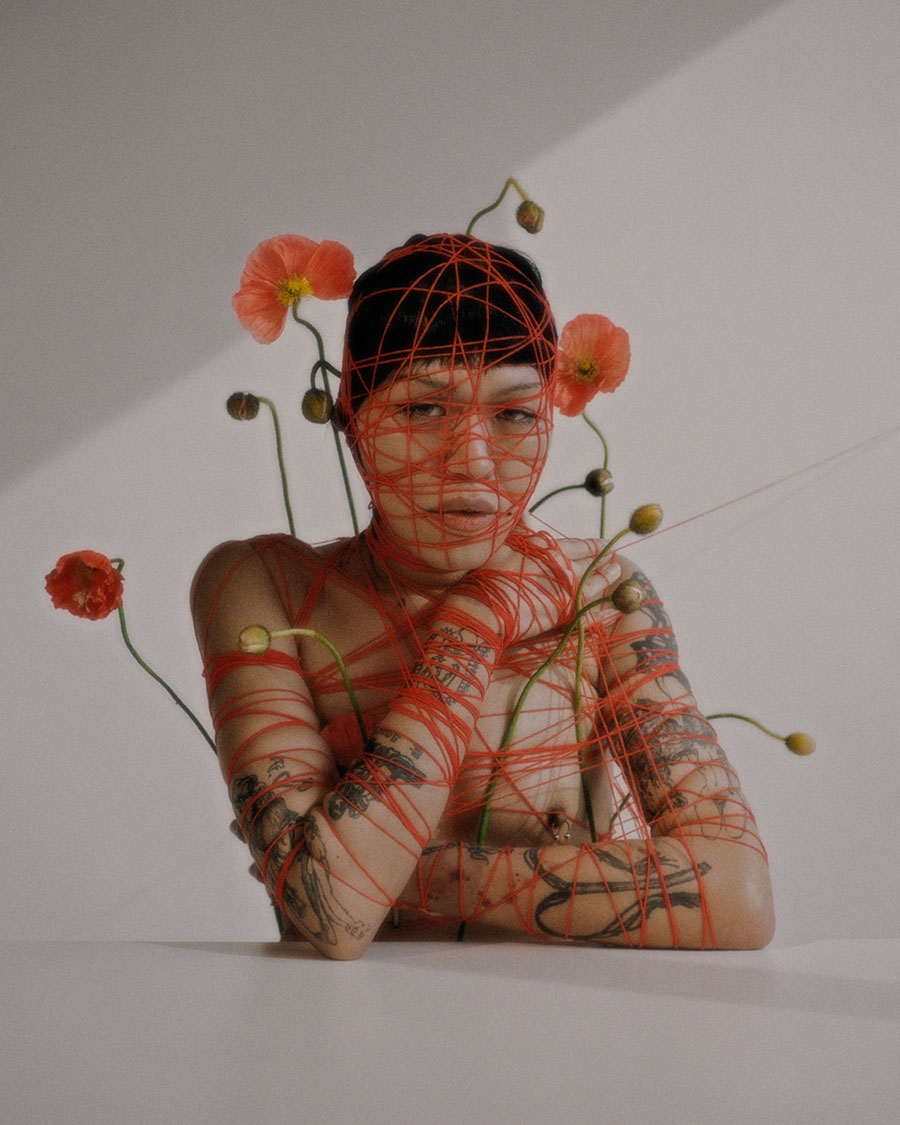
What inspires you to create this series “Fearless Flowers”?
Although I’ve lived in Seoul for over five years, I’ve visited here a few times before, and I always approach it with curiosity, observing and analyzing my surroundings. The “Fearless Flowers” series and book attempt to capture open-mindedness: acceptance of your body and sexuality and welcoming the self-created modern image of who Korean people aspire to be.
I developed a curiosity about Korean culture and traditions, which led me to explore the perspectives of Korean individuals about their lives. As I conversed with various participants, I was exposed to unique viewpoints and became a keen listener of their diverse stories and perspectives. My inspiration often comes from the people I encounter or actively seek out, and every person I photograph leaves me in admiration of the beauty of the human form.
Before the pandemic hit, I worked on my first solo show in Seoul called “Not for Everyone.” This project sparked my interest in diversity and subcultures in this fast-paced city. I photographed each person in an outdoor location that held significance for them and in a studio setting. At the exhibition, some visitors had never encountered someone openly gay, trans, tattooed, a drag queen, or open-minded about their body. Noticing that some live their life never noticing one another and my audience’s response motivated me to dive in even deeper and continue my exploration, which led to creating my “Fearless Flowers” project and book.
Creativity is crucial in challenging society’s preconceived notions and questioning their significance. And certainly, raising awareness can change people’s perceptions of what they fear, which I hope to achieve through my work.
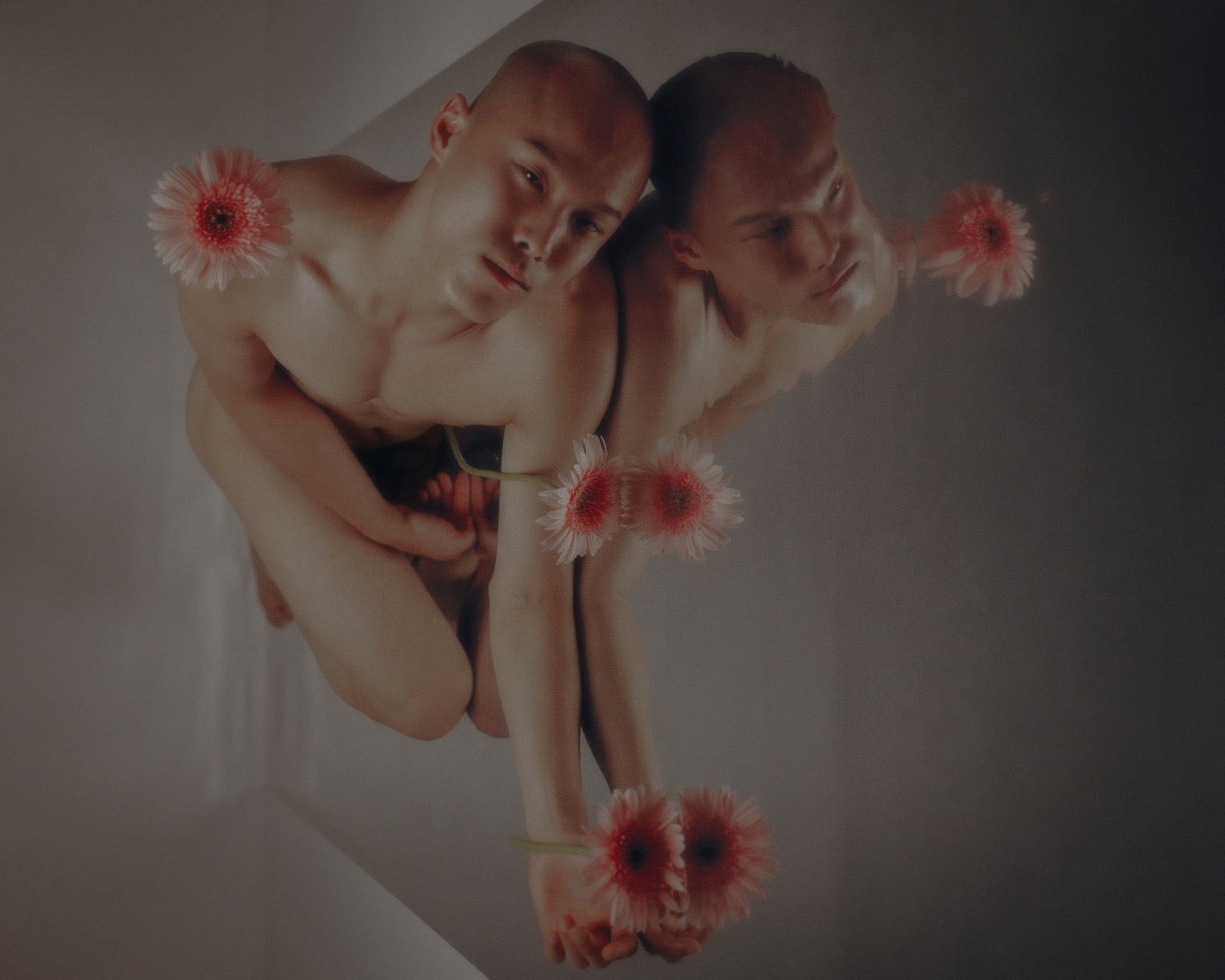
How do you find the persons to be shot? How do you build mutual trust with them?
Following my project in Seoul, I received requests from a few individuals to take their photographs. However, I mostly searched for potential subjects on Instagram and shared the project statement and manifesto with them. During our initial meeting, we would discuss ideas and how they relate to the project’s concept. After completing a few shoots, I would share a selection of reference photos to showcase the project’s aesthetic. Furthermore, upon sharing one or two photos online, people occasionally reach out to express interest in participating in the project. The most important thing is to create a safe space for people to open up without being pushy and overthinking the collaboration process.
What are the most impressive or memorable stories while collecting the stories of your objects and while shooting them?
It’s difficult to choose a single standout moment from my experience capturing individuals on camera. Each person was unique in their own way, and I made sure to tailor their posing and movements based on our previous conversations. I aimed to reflect a more sophisticated look into their character.
As an outsider, what are the advantages and disadvantages you have throughout the creation of this project? Or to say in a more universal aspect, what are the pros and cons as a foreigner living in South Korea?
As an outsider, I’ve had the privilege to be introduced inside this personal expression of liberation, looking for meaning, beauty, and identity while capturing the landscape of self-invented people: a true walking work of art.
My role was never to judge and search for answers but rather to be the spark which starts a conversation. As a foreigner living outside of the Western culture, understanding and, most importantly, wanting to explore the basics of Korean culture, you know you’re in no position to critique. Therefore, with my work, I am the bridge between my subject and whoever is looking and trying to discover and capture their unnoticed beauty.
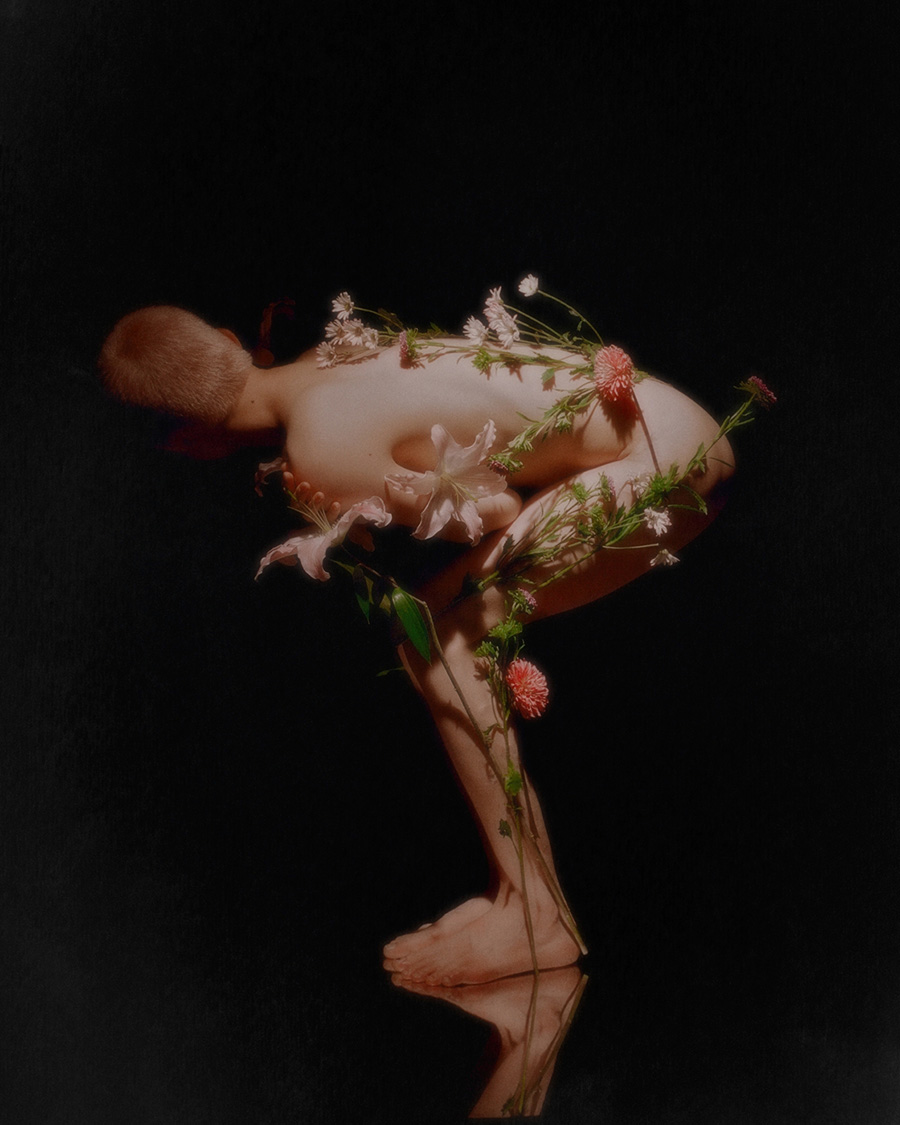
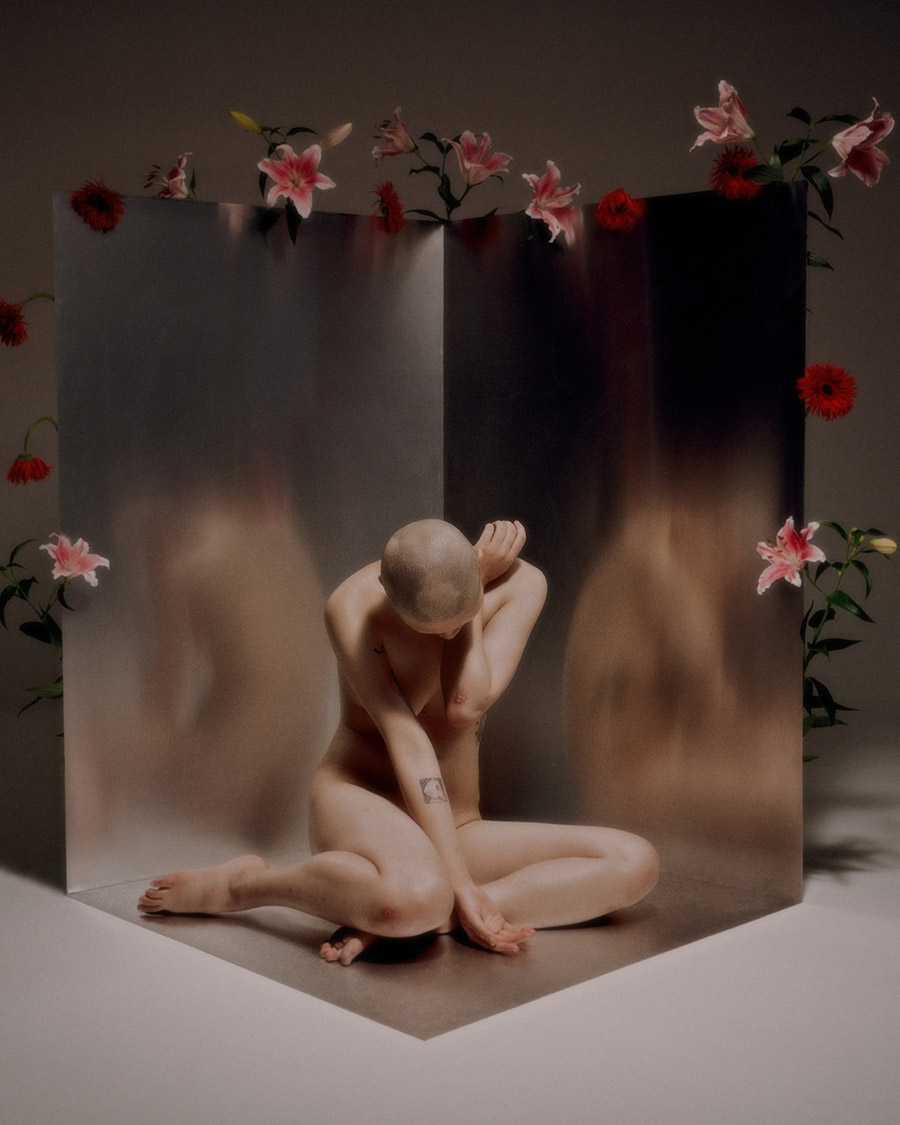
What is the future direction of this project? Will it still be ongoing or has it already completed its phased task for the moment?
When I began working on this project, I didn’t anticipate the number of individuals I would meet and photograph. However, I was determined to publish it in the form of a book, which I successfully launched at this year’s Rotterdam Photo Festival. The “Fearless Flowers” can be purchased as a Limited Signed edition on my website.
The project’s second component features moving image footage captured using a super8 film camera. Conversations were recorded and will be compiled into a short film that captures more stories. I anticipate releasing it this year, you can preview a teaser on my Instagram or website. I am always passionate about people and the stories they have to share. If you are interested, I would be thrilled to collaborate and explore new and diverse aesthetics while discussing identity.
Do you plan to stay in South Korea and continue your artistic career or do you see yourself somewhere else, doing something?
When I travelled back to Europe this February for exhibitions and some other projects, I had the pleasure of staying in Berlin, and I hope it will be possible for me to be between those two cities. There is still so much for me to explore in South Korea, and there are a few projects that I’m planning to do, including another short film, which focuses more on the changing traditional landscape of Seoul.
A big part of someone’s identity is always returning to their family heritage. On the 15th of January 1943, my great-grandmother was transported with other prisoners to the Auschwitz-Birkenau concentration camp back then, occupied by Nazi Germany Poland. On her arrival at the concentration camp, her identity was simplified to five digits “28955”. And my ongoing mix-media series focuses on the archives and my family’s history. I’m hoping to finally finalize this project. Helping to connect and restore a lost identity by looking for a way to continue the dialogue between past and present.
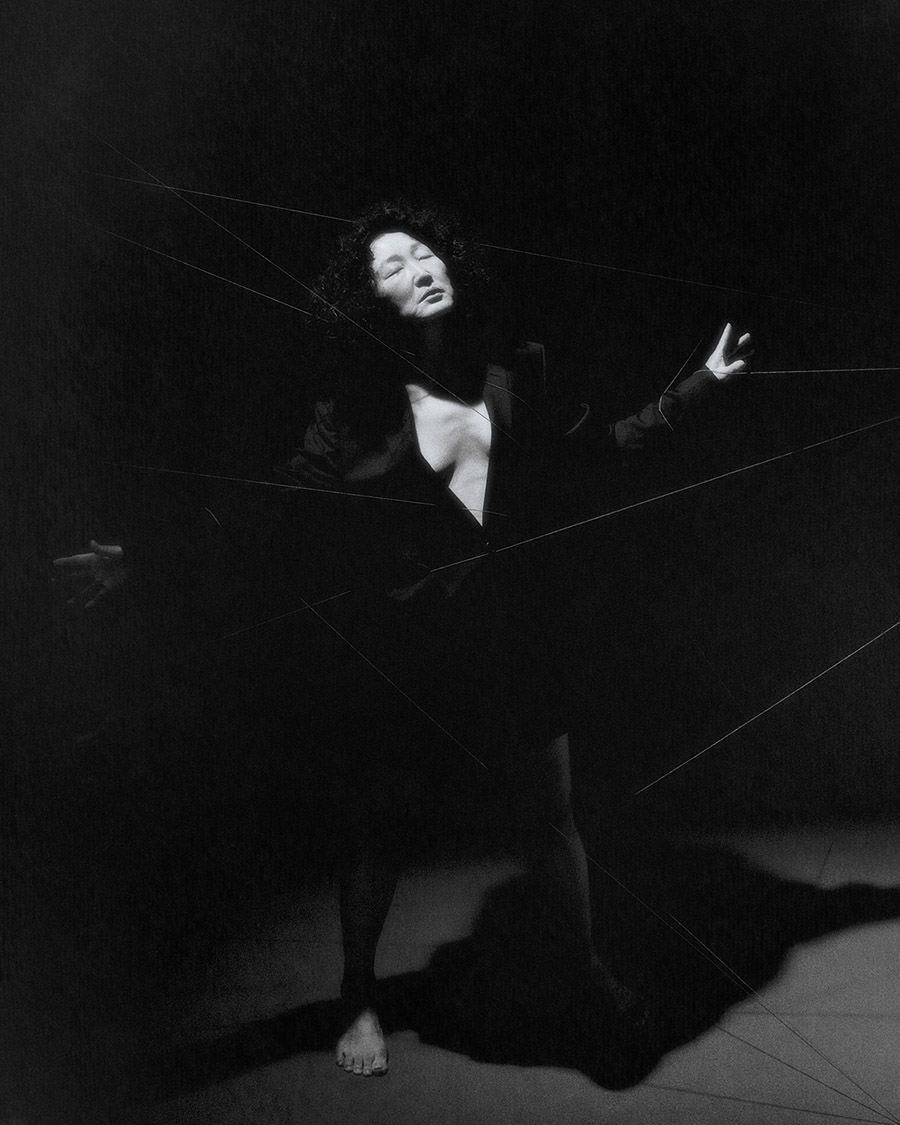
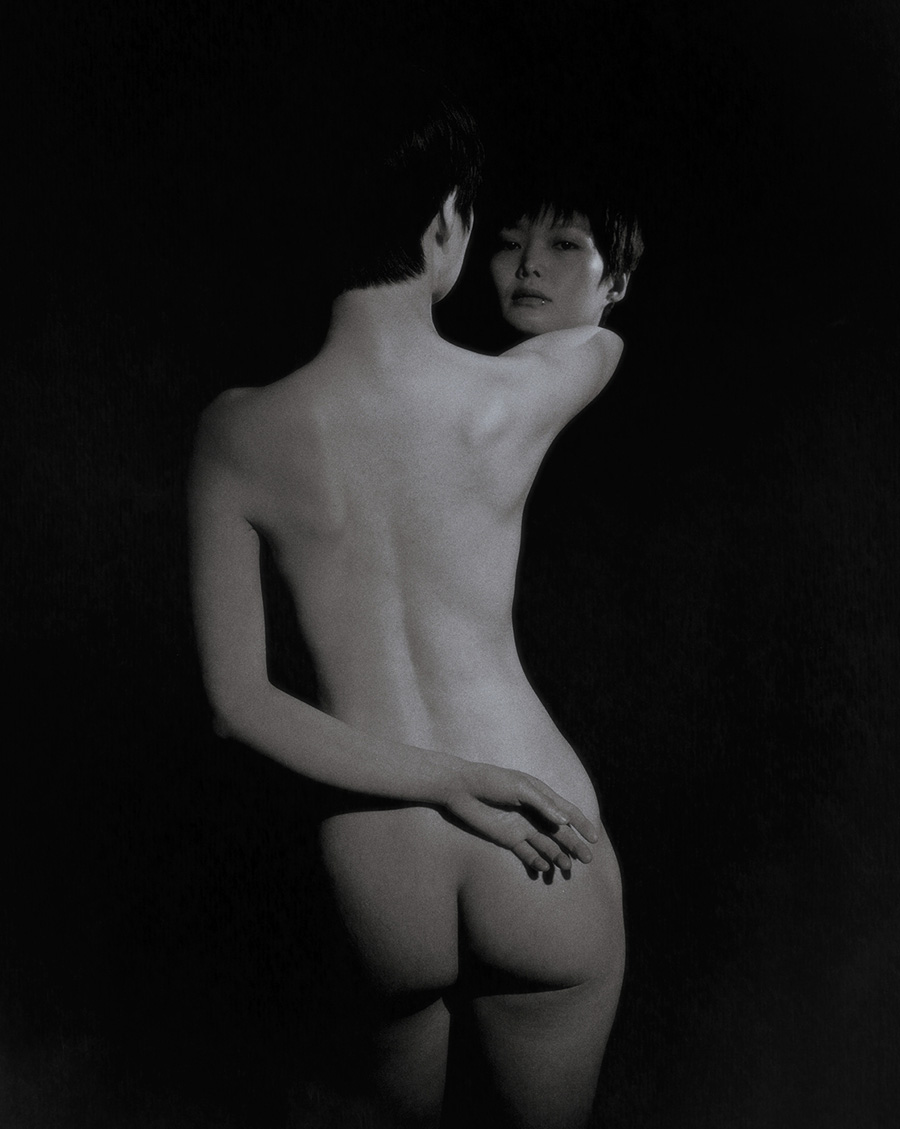
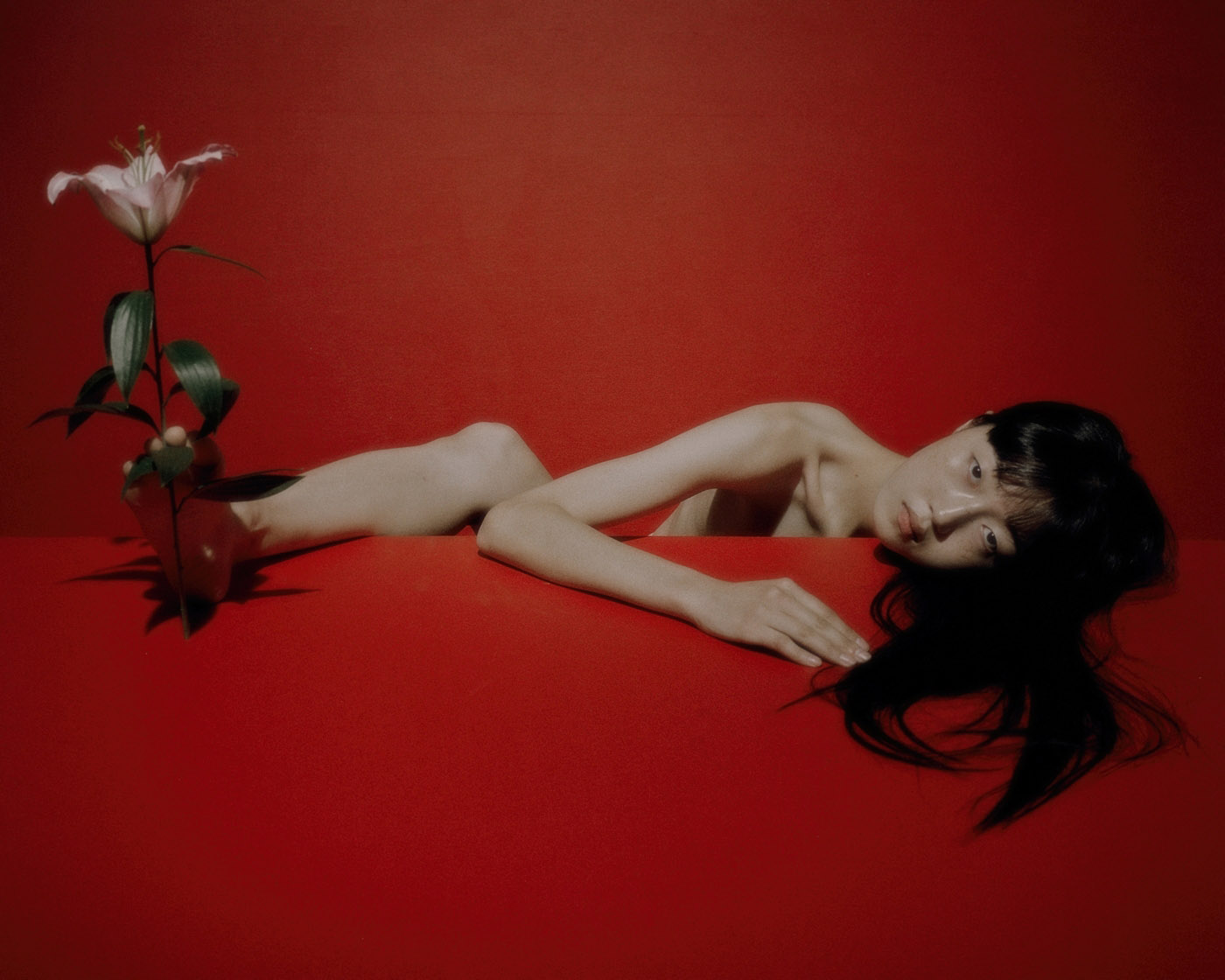
Further information about the artist and the series “Fearless Flowers” can be found on Marcin T. Jozefiak’s website and instagram
Book and poster designed by Gute Form (@guteformseoul)
Interview by Yves Tsou
